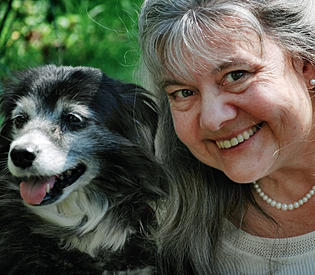 |
| In performance: Colin Roberson |
 |
| In performance: Chris Knowlton and Judd Morrissey |
 | ||||
| In performance: Justin Deschamps |
Photos by Grace DuVal: graceduval.com
Saturday, April 7, 2018
"ATOM-r is a provisional collective exploring forensics, anatomy, and 21st century embodiment through performance, language, and emerging technologies. The work is interdisciplinary and evolves through large-scale projects . . . across a range of platforms . . ." Thus read the program notes for ATOM-r's performance of Kjell Theory at Chisenhale Dance Space in London.
The performance was spell-binding with color, movement, sounds - both human and digital, images, lighting, and detailed use of simple materials to impart stories and meaning. It's effect on me was not so much a story line which I followed but rather it stirred various feelings and reactions within me which invited thought and some of my own interpretation of what was presented to me. So when I was speaking with others after the performance, I heard myself describe it as "a visual and emotional spectacle."
I was struck by this phrase: visual and emotional spectacle. It offered comment on what I had experienced through the show. I believe it also offers comment on the ways we may be living our lives.
We have heard the expression: Don't make a spectacle of your self. This can go a couple of ways. If we are in a restaurant and get upset and turn our table over and leave without paying, that certainly is making a spectacle of our self in a negative way. It draws the attention of others and may well invoke feelings of fear or anger or disturbance from others who experience what we did. A chaotic expression of emotion and behaviors is a problem for both others and for self. It can result in deep feelings of shame, regret, and guilt and damage our self.
On the other hand, a centered, well-considered presentation of what we believe and want and feel can be very effective. A visual and emotional spectacle that comes from "long durations of research and practice" (program notes for ATOM-r) can capture the attention of others and invite healthy conversations and new understandings. And so it can be with self. If we stop and think what it is that we truly mean and wish to say and consider the ways we want to convey those things - perhaps with some under-control drama and illustrations - our audience of even one person is much more likely to be ready to hear us and to engage in healthy dialogues.
Next:"Nothing has a place."
"ATOM-r is a provisional collective exploring forensics, anatomy, and 21st century embodiment through performance, language, and emerging technologies. The work is interdisciplinary and evolves through large-scale projects . . . across a range of platforms . . ." Thus read the program notes for ATOM-r's performance of Kjell Theory at Chisenhale Dance Space in London.
The performance was spell-binding with color, movement, sounds - both human and digital, images, lighting, and detailed use of simple materials to impart stories and meaning. It's effect on me was not so much a story line which I followed but rather it stirred various feelings and reactions within me which invited thought and some of my own interpretation of what was presented to me. So when I was speaking with others after the performance, I heard myself describe it as "a visual and emotional spectacle."
I was struck by this phrase: visual and emotional spectacle. It offered comment on what I had experienced through the show. I believe it also offers comment on the ways we may be living our lives.
We have heard the expression: Don't make a spectacle of your self. This can go a couple of ways. If we are in a restaurant and get upset and turn our table over and leave without paying, that certainly is making a spectacle of our self in a negative way. It draws the attention of others and may well invoke feelings of fear or anger or disturbance from others who experience what we did. A chaotic expression of emotion and behaviors is a problem for both others and for self. It can result in deep feelings of shame, regret, and guilt and damage our self.
On the other hand, a centered, well-considered presentation of what we believe and want and feel can be very effective. A visual and emotional spectacle that comes from "long durations of research and practice" (program notes for ATOM-r) can capture the attention of others and invite healthy conversations and new understandings. And so it can be with self. If we stop and think what it is that we truly mean and wish to say and consider the ways we want to convey those things - perhaps with some under-control drama and illustrations - our audience of even one person is much more likely to be ready to hear us and to engage in healthy dialogues.
Next:"Nothing has a place."












.jpg)





%20-%20Screened%20Porch.jpg)



